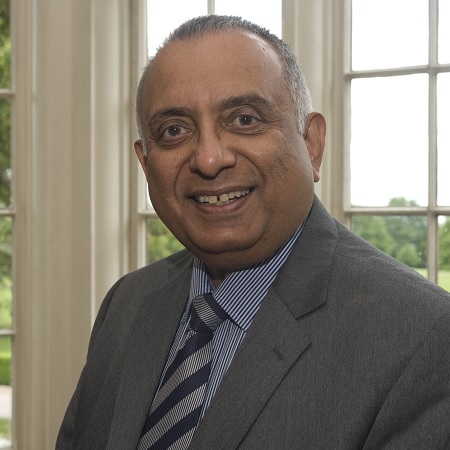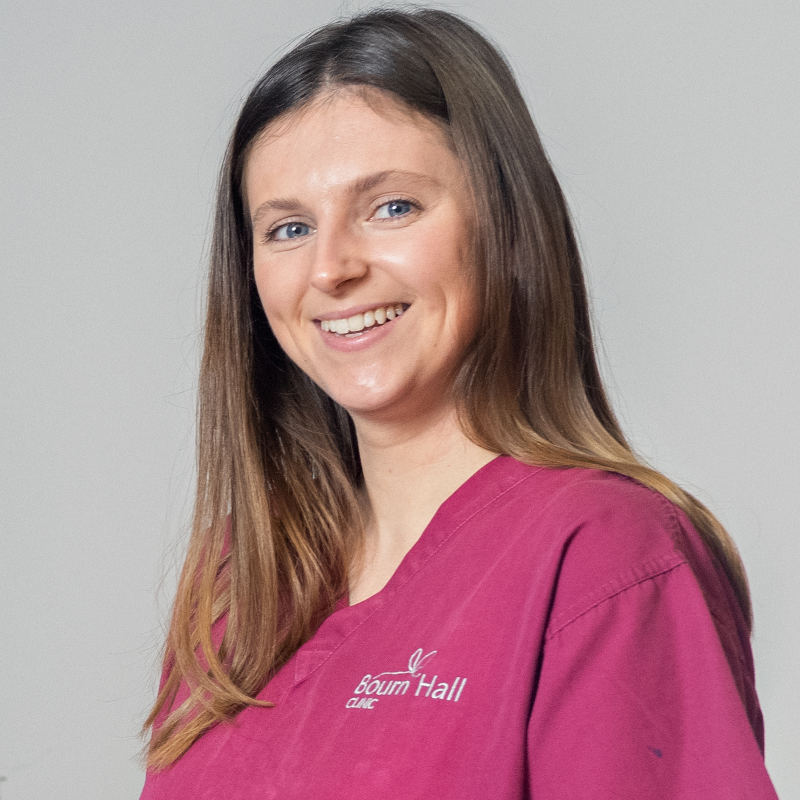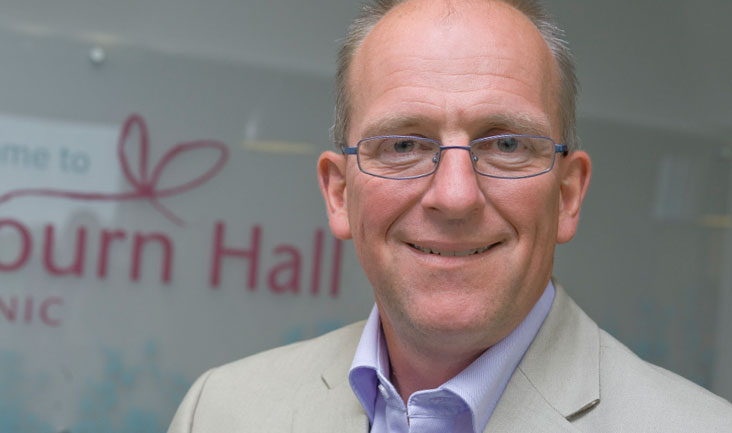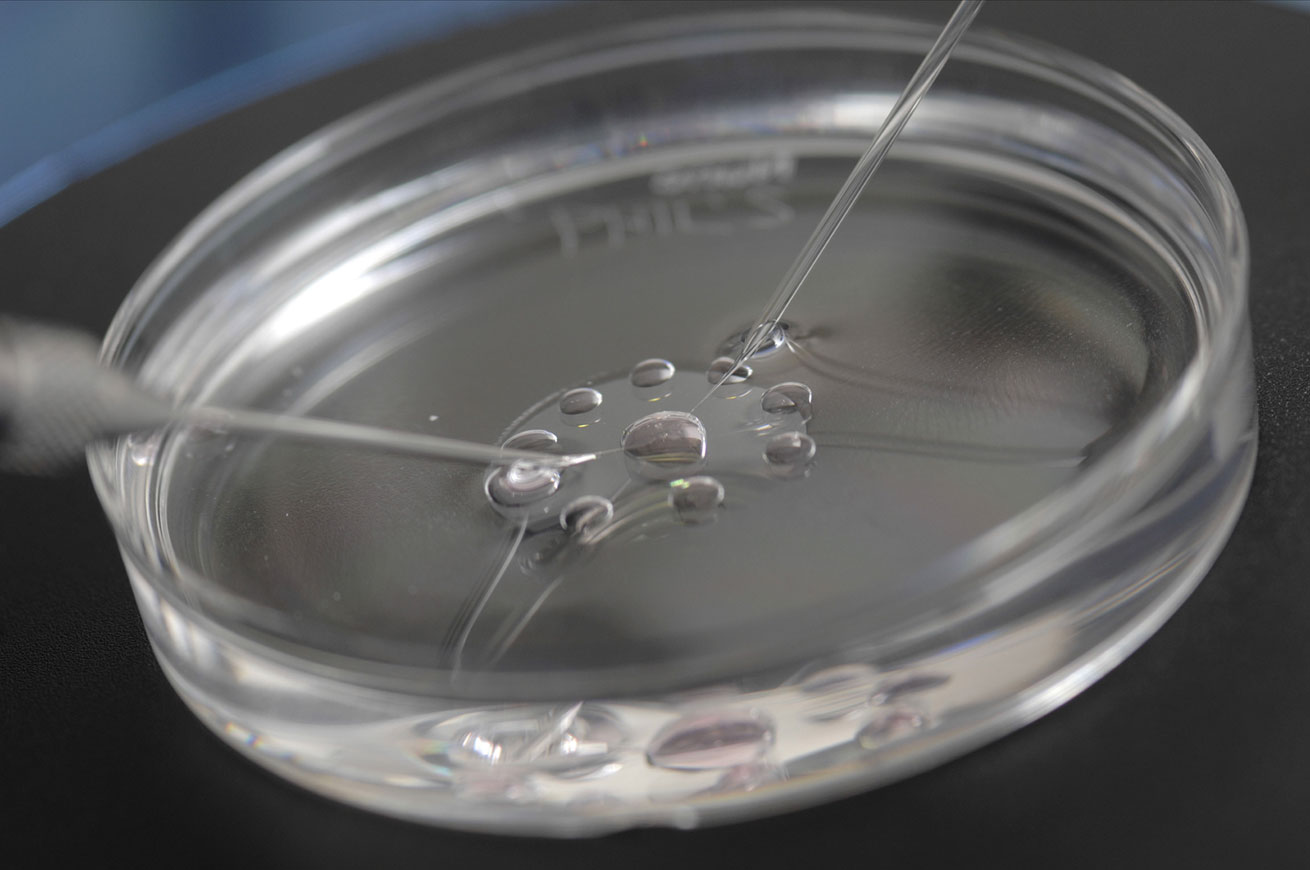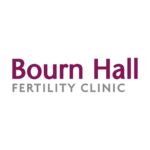The term ‘three-parent’ baby is very misleading according to Bourn Hall Clinic Medical Director Dr Thomas Mathews. He says: “The baby will only have two parents, its biological mother and its biological father, and from them the baby will inherit the vast majority 99.9% of its genes and characteristics.”
The medical procedure discussed in Parliament on Feb 3rd 2015 is aimed at overcoming mitochondrial disease.
Dr Mathews says: “Diseases arising from defective mitochondrial genes can affect the heart, muscles, eyes, and other organs; they are also thought to be involved in the ageing process. Most affected children die young, but a few have lived into early adult life with severe debilities.”
“Far less than 0.1% of the genes will come from the mitochondria of the egg from the egg donor, and these genes will not give the baby any of its physical characteristics, only healthy mitochondrial genes.”
Mitochondria the powerhouse
In the human egg, the nucleus is contained in a jelly-like substance called the cytoplasm. Within the cytoplasm, around the nucleus, there are structures known as mitochondria, which are the power sources of the egg – they convert nutrients into a chemical called adenosine triphosphate or ATP for short. ATP is an energy currency that is used by every cell in our body and keeps us alive. There are several thousands of genes in the nucleus of the egg, and only about 37 in the mitochondria.
When an egg is fertilised by a sperm, the first sign of fertilisation is the appearance of two faint round structures called pronuclei – one of which comes from the nucleus of the egg, and the other from the nucleus of the sperm.
Dr Mathews continues: “The procedure being debated in parliament is called pronuclear transfer, an egg from a mother (who has defective mitochondrial genes) and an egg from an unaffected healthy donor are both fertilised with the father’s sperm.
“When pronuclei are seen in both eggs, these pronuclei are carefully taken out. The pronuclei from the donor’s egg are discarded, and in their place, the pronuclei from the mother’s egg are inserted. This gives rise to a healthy embryo containing all the genes from the nuclei of the parents, surrounded by mitochondria containing normal mitochondrial genes in the cytoplasm.
“The resulting baby is thus spared any abnormal mitochondrial genes. If the baby is a female, it will only pass on healthy mitochondrial genes to subsequent generations. The donor of the healthy egg will never be identifiable to any resulting child.”
Availability of three-parent IVF
The procedure, when available in this country, will be strictly regulated and monitored by the HFEA, and will only be needed by a handful of women. There will only be a couple of Centres that will be licensed to carry out the procedure.
Bourn Hall Clinic fully supports the bill that is being debated in Parliament today. Even though it is now approved in the House of Commons, it will be several months before it becomes established in law to allow the HFEA to license and regulate this activity.
Dr Mathews says: “We welcome the positive vote today, although only a few couples will benefit from this procedure it will give those affected the chance of healthy baby.”


